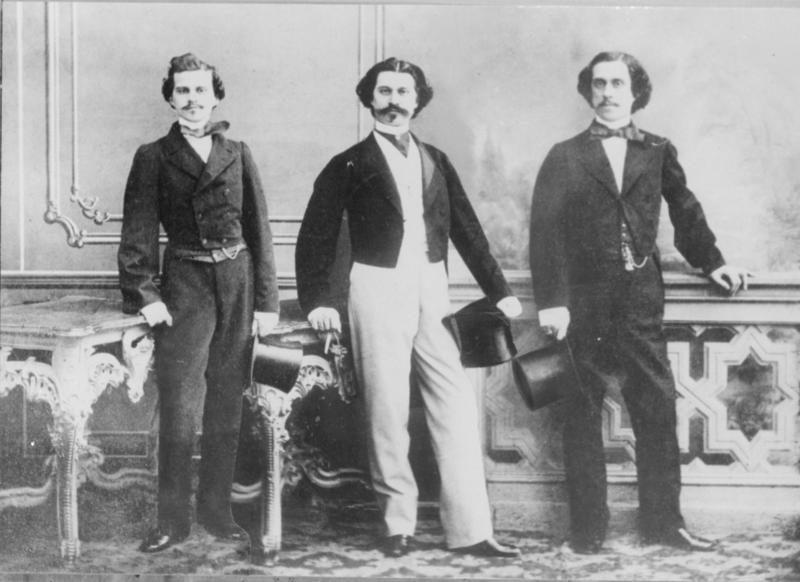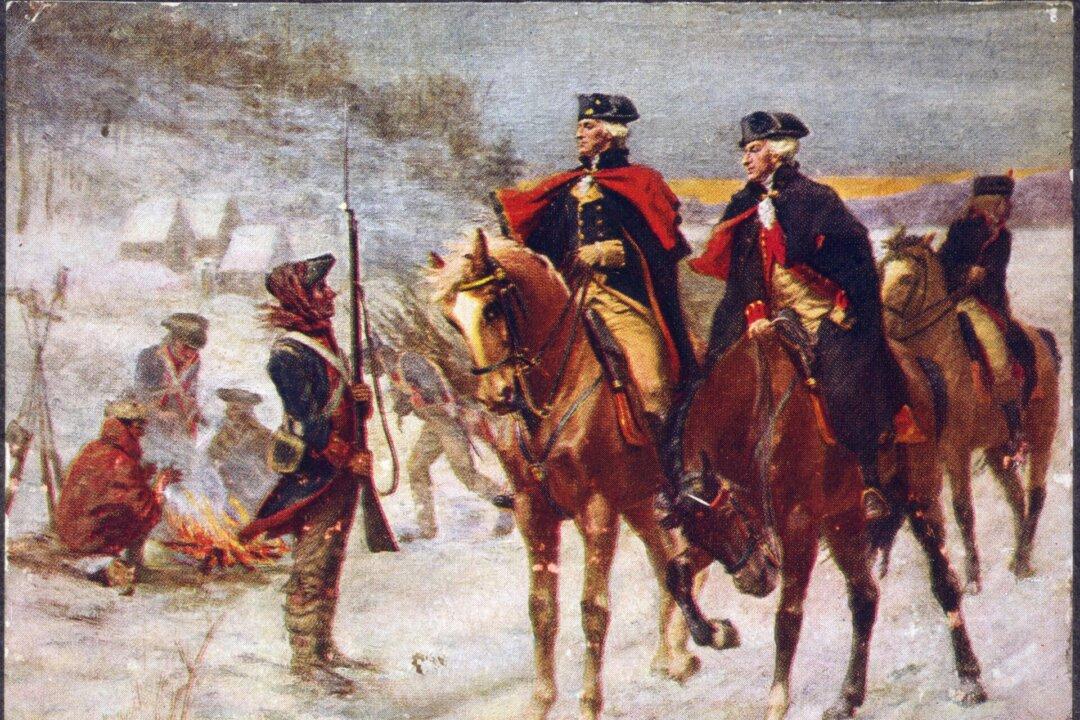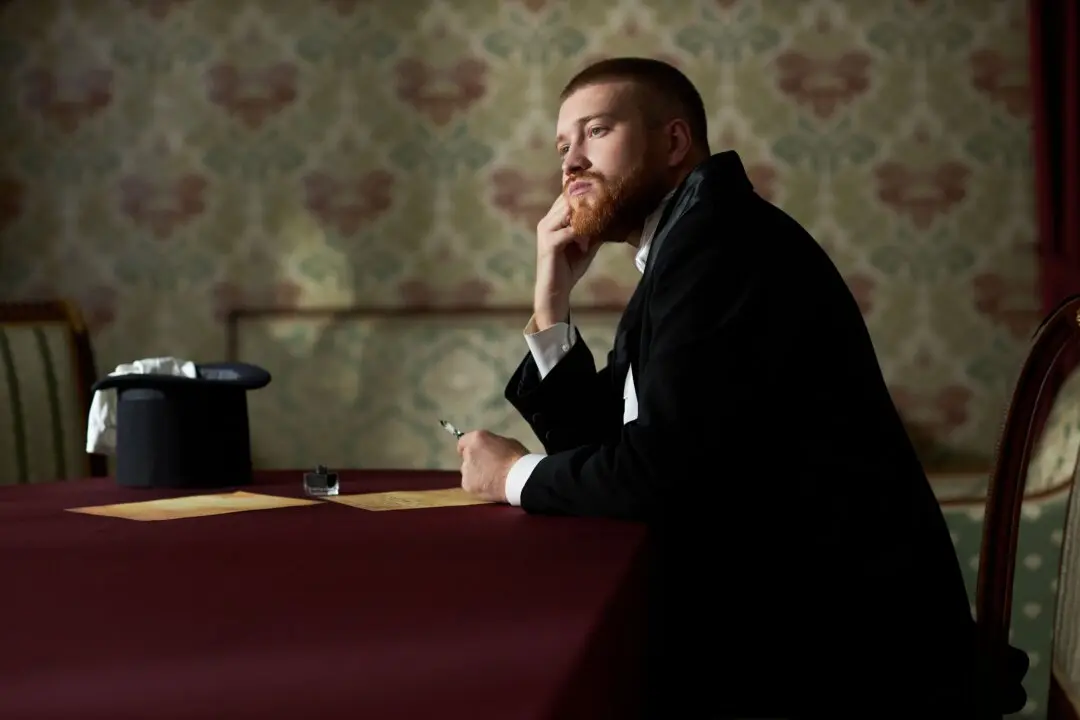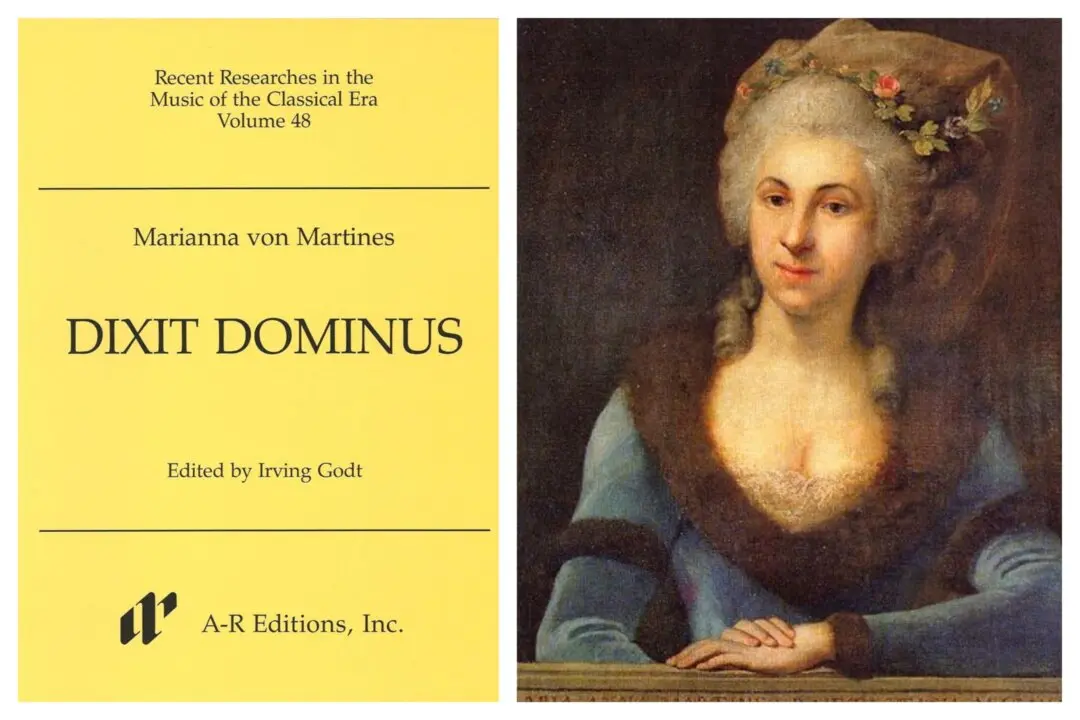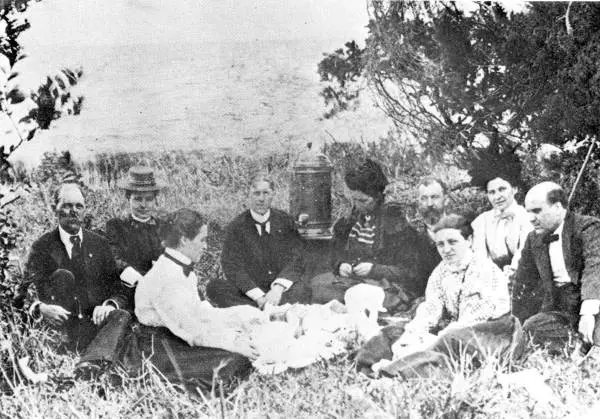The waltzes of Johann Strauss II are among the most well-known pieces in the classical canon. “The Blue Danube” is recognizable by many laypersons who may or may not know the composer’s name, thanks in part to its inclusion in films like Stanley Kubrick’s “2001: A Space Odyssey.”
Some people are also aware that his father, Johann Strauss I, was a successful composer as well. In fact, Johann II wasn’t the only Strauss child to carry on the family’s musical legacy. Two of his other sons, Josef and Eduard, were also composers.

